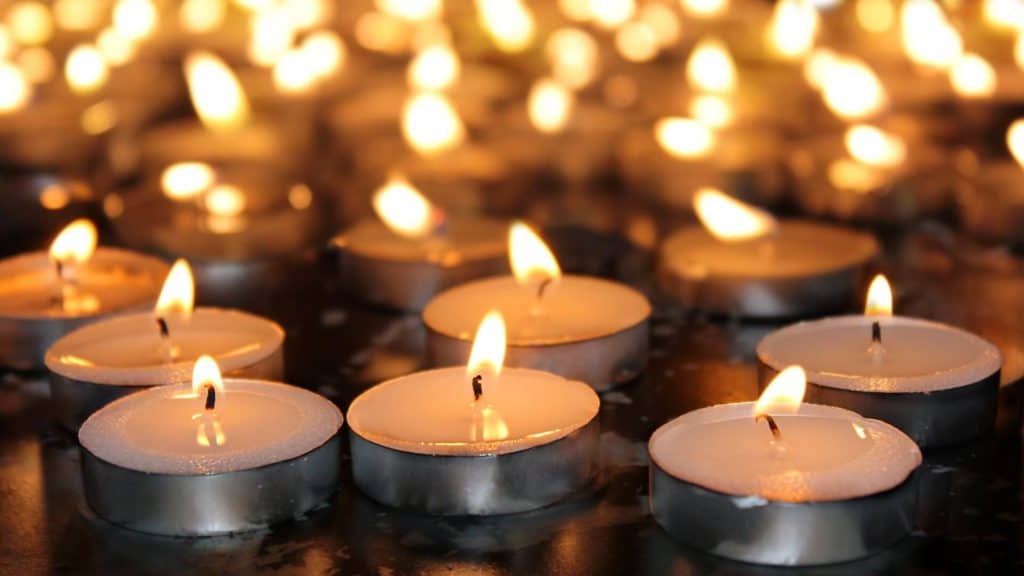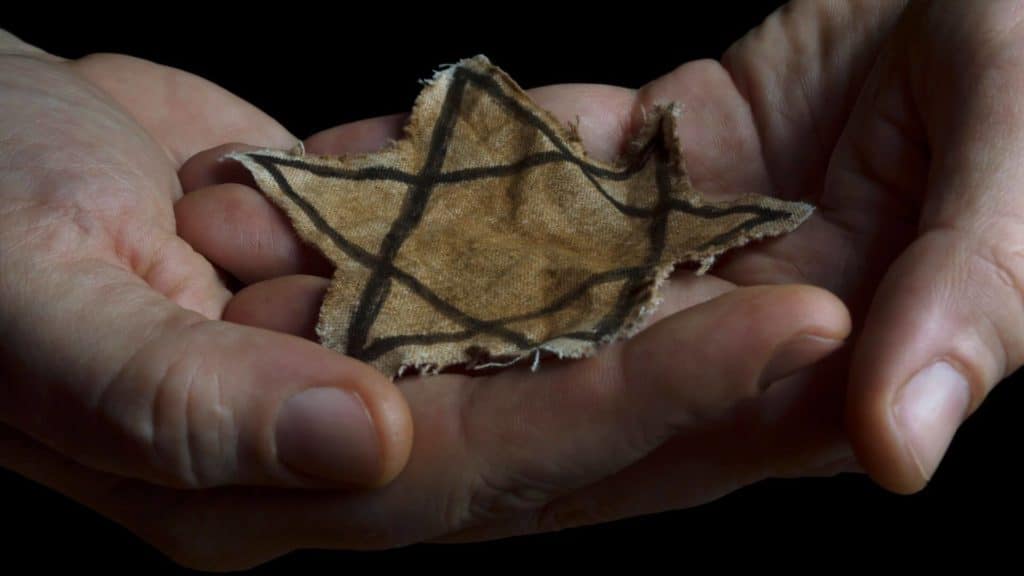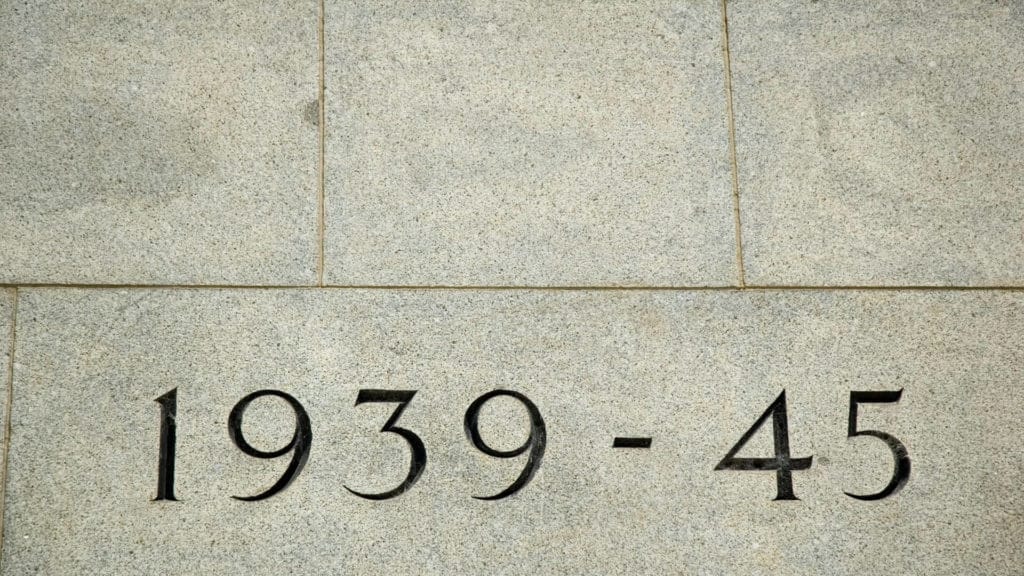Holocaust Videos and Film Resources for 5th – 9th Grades
It is absolutely imperative that we teach about the horrors of the Holocaust, so that history does not repeat itself. It is a challenging subject to teach, especially to children. Middle school age children are old enough to understand what happened, but probably not quite ready for Holocaust movies like Schindler’s List, Defiance, or the Pianist. The Holocaust videos listed below are still difficult to watch as the Holocaust is a painful time in history, but they also relay strong messages, most notably of hope and resilience. These are all great introductions into learning about the Holocaust, and help children to begin to understand what exactly happened in Europe between 1939 and 1945.
This post was made in honor of Yom HaShoah, Holocaust Remembrance Day.
*A quick note to say that there are spoilers — if you could call them that — in the descriptions of the various Holocaust videos. As these videos will be used for educational purposes, I felt that it was important to explain what the film is about and not just tease the plot.*

Holocaust Videos for Middle School
The Wave
The Wave is the most impactful video I have seen on the Holocaust, and it doesn’t even deal directly with the atrocities that happened during that time. And those are the two key reasons why this documentary is perfect to show students in 5th through 8th grade.
The Wave is a made-for-TV movie made in 1981 and was based off of an experiment a teacher, Ron Jones, conducted in 1967 at his school in Palo Alto, California. The experiment, known as the Third Wave, demonstrates the dangers of facism. After Ron Jones showed a film about the Holocaust to his 10th grade high school history class, students wondered how the German people could allow such a thing to occur. Unable to answer the question, he showed up in class the following day and introduced a new youth movement called “The Wave.” The movement escalates into something much bigger until Ron Jones calls everyone into the auditorium to show just how quickly their own movement has manifested into something that could be compared to Hitler’s Nazi rallies.
Perhaps the most jarring part of the entire video is at the end when the words “This is based off a true story” come up on screen. It’s one thing to create a fictional film and hypothesize whether or not this could actually happen, and it’s another thing to learn that it actually did. I would recommend keeping the fact that this is based off a true story a secret from your students so they can have the same realization anyone else would watching the film.
You can find a version of The Wave on YouTube, but I think it’s important to note that the video quality is poor and the music is distorted. It is absolutely still worthwhile to watch and something I believe the students can get past.
There is also a website The Wave Home that is dedicated to documenting and sharing both the original experiment and variations of the experiment over the years. The site is run by students that were involved in the original Third Wave experiment, so this would be an excellent place to find resources if you are a teacher or educator.
Why is The Wave so impactful? Knowing that The Wave experiment was real and seeing first hand just how easy it can be for seemingly innocent people to get caught up in a radicalized movement is frightening and it sticks with you. It’s something that has stuck with me since I first watched in middle school, and I imagine will stick with your students too.

The Number on Great – Grandpa’s Arm
The Number on Great – Grandpa’s Arm is an excellent holocaust video because it is geared for kids. It’s also only 19 minutes long, so it’s perfect for a religious school class or any educators who don’t have a full 45 minute or hour long block of time to show some of these other films. It is also the most modern of the options having been made in 2018.
The documentary starts off in present day with 10-year old Elliott asking his grandfather Jack about the tattooed numbers on his arm. This begins a personal conversation in which Jack recounts his childhood in Poland, the loss of his family, his time in Auschwitz and how he survived, and his journey and new life in America. The documentary interweaves “haunting historical footage and hand-painted animation” to help Jack narrate the story of Jewish life in Europe during the Holocaust.
Elliott interviews Jack so we bear witness to this Holocaust survivor’s story through the questions from his great-grandson. And what is so beautiful about this documentary is that we are given a glimpse of Jack’s life today. We get to see how Jack survived against all odds: he moved to America, opened a fish market, and created three future generations of Jews.

A Friendship in Vienna
A Friendship in Vienna was a made-for-tv movie made in 1988 for the Disney Channel. Movies produced from 1983-1997 were referred to as Disney Channel Premiere Films. A Friendship in Vienna is extremely difficult to find, but there is a copy uploaded to YouTube. The quality isn’t great, but it is still quite watchable.
Based on Doris Orgel’s book, A Devil in Vienna, the film is about two best friends — Inge Dournenvald and Lise Mueller — in pre-WW2 Austria. Inge is Jewish and Lise is a German Catholic, and the daughter of a Nazi sympathizer. The movie does a great job of detailing how the Nazi party took over power in Austria and what that meant for the Jews living in Austria at that time. The film ends on a positive note; after the Germans invade Austria in 1938, Inge and her family are able to escape with Lise’s help. Because the family was able to leave, there is no discussion of concentration camps or ghettos.
If you are looking to learn more about the events that led up to the German occupation of Austria and just how quickly things changed for Jews living in Europe in the late 1930s, then A Friendship in Vienna would be a great film to watch. Since it is an hour and 37 minutes long, I think this film might actually be better suited for families to watch together as opposed to students viewing it in the classroom.
Are there any other Holocaust videos that you would recommend for middle school aged children? Let us know in the comments below. And, if you are looking for more content, make sure to check out these other BMA blog posts.
Best Israeli TV Shows You’ll Want to Stream Now
Yom Ha’atzmaut Activities: Celebrate Israel Independence Day
5 Super Fun + Free Hebrew Games for the Classroom

